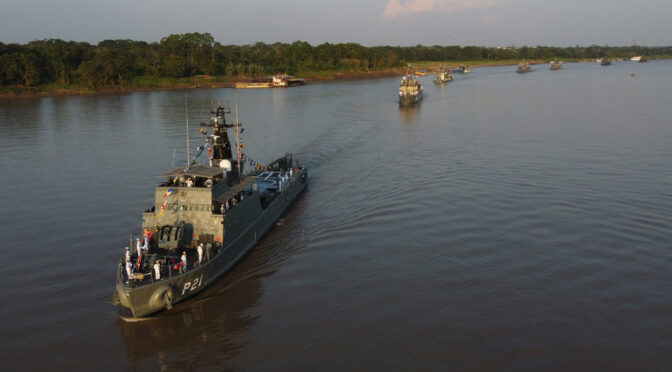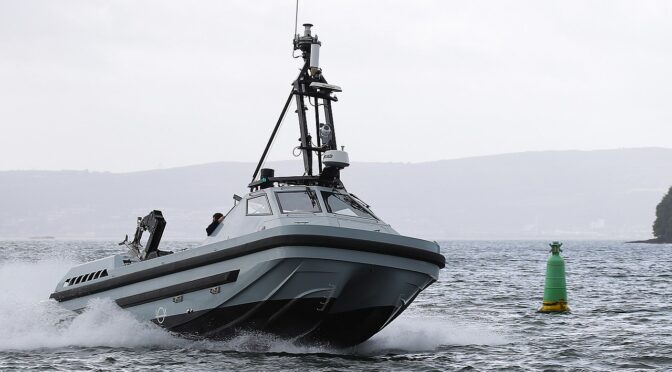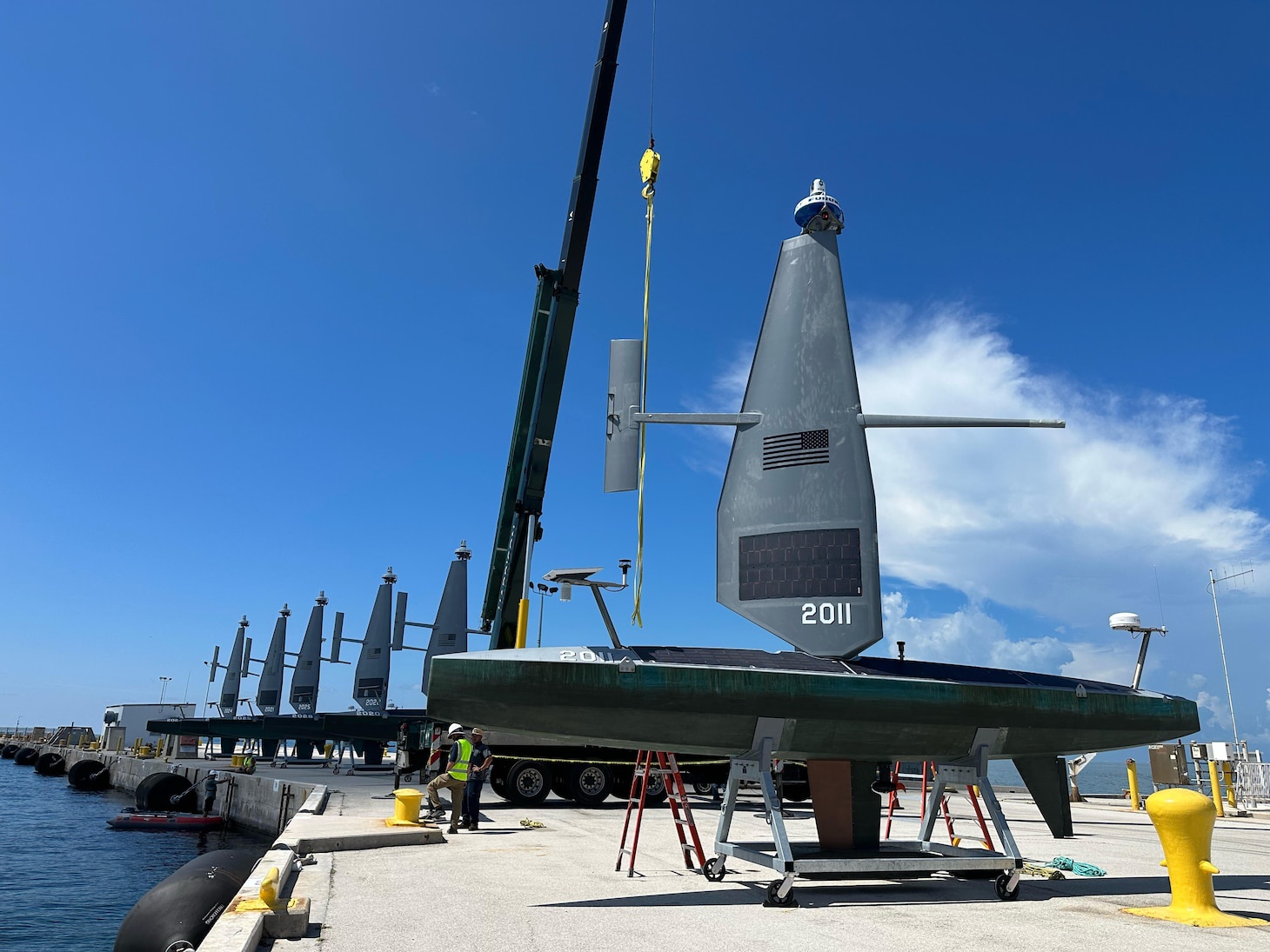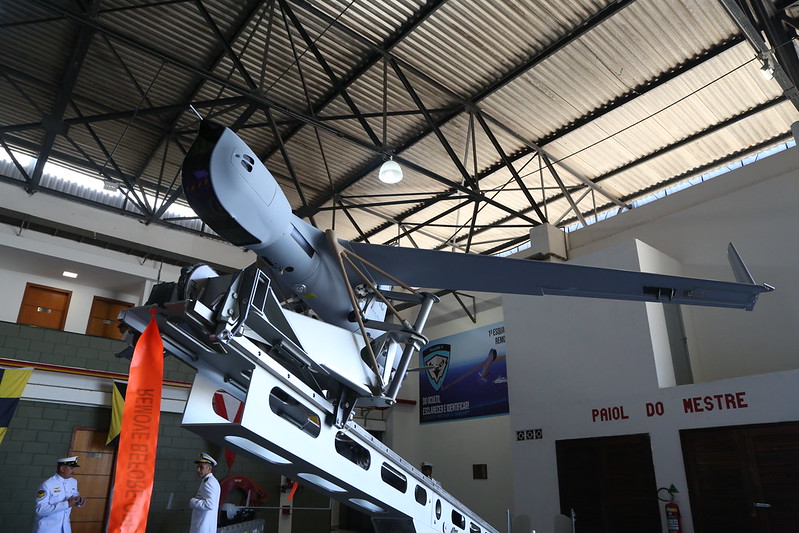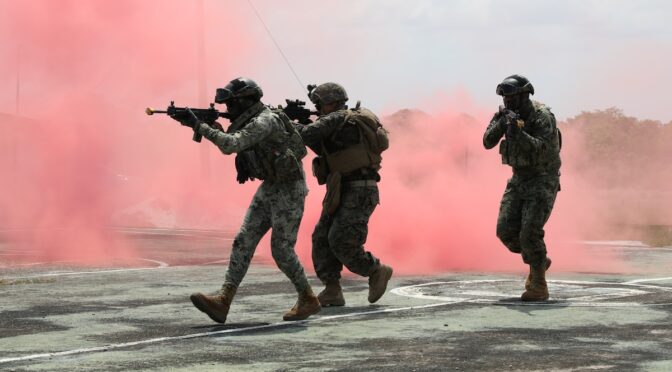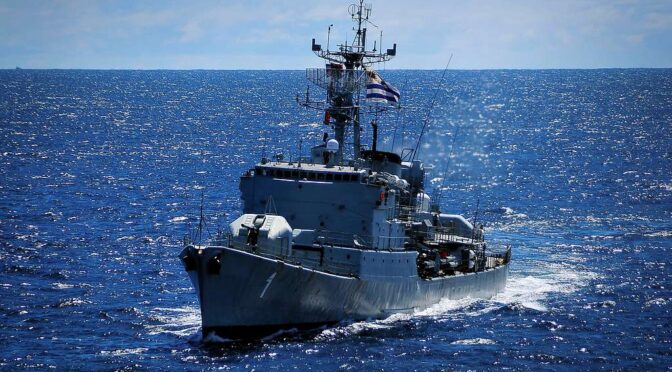By Wilder Alejandro Sánchez
Written by Wilder Alejandro Sanchez, The Southern Tide addresses maritime security issues throughout Latin America and the Caribbean. It discusses the challenges regional navies face including limited defense budgets, inter-state tensions, and transnational crimes. It also examines how these challenges influence current and future defense strategies, platform acquisitions, and relations with global powers.
Multinational naval exercises occur frequently across the globe. They are effective confidence-building mechanisms that promote integration, cooperation, and trust while improving the participating personnel’s capabilities and expertise. The most prominent naval exercises in the Western Hemisphere are the US-sponsored UNITAS, SOLIDAREX, and TRADEWINDS.
However, naval exercises do not solely occur at sea but also occur in inland bodies of water. Enter the multinational riverine exercise BRACOLPER, which, as the name suggests, brings together the navies from Brazil, Colombia, and Peru.
What is BRACOLPER?
BRACOLPER could be the world’s oldest ongoing multinational riverine exercise: the first iteration occurred in 1974, and the exercise has been held annually, except in 1978 and 1981. BRACOLPER 2024 is noteworthy because it marked the 50th anniversary of this initiative. Riverine vessels from the three countries traveled together through the vast network of Amazonian rivers, visiting ports, carrying out humanitarian assistance operations, and training together to prepare for common challenges, specifically transnational crimes. BRACOLPER is divided into three phases; each phase occurs in a different location: Leticia (Colombia), Manaus (Brazil), and Iquitos (Peru), lasting from around July until early-mid September. For example, BRACOLPER 2023 lasted from July to September 2023.
Several riverine vessels participate in addition to marines and aircraft. The ships that participated in last year’s exercise were Brazil’s riverine patrol boat NpaFlu Raposo Tavares (P-21) and hospital vessels NAsH Soares de Meirelles (U-21) and NAsH Oswaldo Cruz (U-18); Colombia’s river gunboat ARC Leticia (136); Peru’s riverine gunboat BAP Clavero (CF-15) and BAP Castilla (CF-16). More recently, BRACOLPER 2024 occurred from 17 July to 9 September, following a similar pattern. In total, 12 riverine craft, three aircraft, and over one thousand military personnel participated in the 50th anniversary of the exercise.
“The exercise is comprehensive, covering areas such as Command and Control, Tactical Maneuvers, Anti-Air Warfare, Special Operations, and Air Operations, [and] also includes Firing Drills, Cyber Defense, and Amphibious Riverine Operations,” explained the Rio Times Online. In BRACOLPER 2023, for example, vessels Raposo Tavares and Soares de Meirelles engaged in an asymmetric threat-exercise, described by the Brazilian Navy as “[simulating] a potentially hostile small vessel which sails close to the patrol vessel.” For the Peruvian Phase of BRACOLPER 2024, maneuvers included an aerial assault via helicopters which deployed marines, “with the support of 10 riverine craft.” Other training exercises include target practice with live ammo and a MEDEVAC maneuver between a Peruvian aircraft and a Brazilian vessel.

Riverine Challenges
Greater cooperation between the armed forces of Brazil, Colombia, and Peru across the Amazon is necessary to face numerous challenges. Drug smuggling makes the most news, given that Colombia and Peru are the two biggest producers of cocaine in the world, while Brazil is a major shipping corridor for drugs to the European market. The infamous narco-planes continuously fly across regional borders with frequent impunity, though on 26 September 2024, the Brazilian Air Force (FAB) intercepted a Cessna 210 aircraft flying without authorization over Brazilian airspace in Amazonas state, by the border with Peru. The crew, to avoid capture, landed the plane and set it on fire before escaping.
Other crimes include smuggling, human trafficking, extortion of local communities, illegal mining, wildlife trafficking, illegal logging, and illegal, unreported or undocumented fishing. In Colombia, civilian vessels along the Magdalena River have been attacked, prompting the Navy to deploy riverine assets.
“The Amazon presents common problems, such as drug trafficking, illegal mining, deforestation, and environmental pollution,” said Rear Admiral Alberto de Araujo Lampert, Commander of the Brazilian Navy’s 9th Naval District, adding, “and these three countries have been operating for 50 years in the search for common solutions through their ships and their Navies, through interaction and the ever-increasing increase in interoperability, the degree of trust between these actors, in the search for common solutions and mutual support.”

Many peacetime naval exercises prepare for threats that will only be realized in war. In contrast, BRACOLPER addresses real and immediate threats, and combating them is dangerous. While the pilots of narco-planes, for example, would attempt to flee or surrender, other criminals prefer to fight. Case in point, there have been several incidents of criminals shooting at riverine military craft. Six years ago, a floating barracks in the Arauca River utilized by the Colombian Navy was attacked by an explosive vessel.
More recently, in September 2024, unknown individuals shot at the Argentine riverine patrol boat GC-195 Guaraní, assigned to the Argentine Naval Prefecture (Prefectura Naval Argentina), as it was crossing the Paraná River in a zone known as Puerto Faubel, in the border between Argentina and Paraguay. While the crew was not injured, “the law enforcement vessel… had seven bullet holes in the hull” and two in the superstructure. The attackers, who shot from the Paraguayan side of the river, have not been identified. Video released to the media shows individuals carrying big bags and shooting at the vessel with handguns. Colombian marines aboard a riverine patrol boat were also attacked in October while traveling through the Naya River; the unidentified attackers utilized drones against the vessel.
Analysis
As the author of this analysis has previously discussed (see CIMSEC’s “Naval Operations Across South American Rivers: The “Other” Theater of Operations”), there is a natural tendency to think about frigates, submarines, and offshore patrol vessels sailing at sea when thinking about naval operations. However, South American navies are also tasked with patrolling and protecting their inland waters, namely rivers and lakes. With their vast Amazonian territories and a plethora of rivers, the navies of Brazil, Colombia, and Peru have a monumental everyday challenge.
The good news is that the three governments and militaries generally get along quite well, at least in living memory – anecdotally, Colombia and Peru had a war in 1932-33 called the Leticia Conflict, which included riverine warfare. Today, there are constant high-level meetings to maintain communication and cooperation. On 23-27 September, Brazil hosted the XXXI Interamerican Naval Conference, another historical initiative that dates back to 1959.
High-level meetings, communication, and joint training via initiatives like BRACOLPER have a positive effect. In September, the Colombian Navy, Brazil’s Federal Police, with help from the Amazonian Center for Information (Centro de Fusión de Información de la Amazonía), intercepted a speedboat in Catalão Lake, Amazonas state, Brazil. Aboard were “over two tons” of drugs, including marijuana and cocaine. “It is presumed that the seized narcotics came from the triple border between Colombia, Brazil, and Peru and were transported through various river routes to the place of interdiction,” explained the Colombian Navy.
Though regional riverine fleets have achieved much with existing resources, they could benefit from additional assets. As this author has also previously discussed, South American shipyards are enjoying a golden age, with the construction of various complex platforms, including submarines, corvettes, offshore patrol vessels, and multi-purpose transport vessels. Brazilian shipyards, Colombia’s shipbuilding corporation COTECMAR, and Peru’s state-run shipyard SIMA manufacture vessels for riverine operations. SIMA, for example, has built a fleet of hospital-civilian assistance ships called PIAS (Plataforma Itinerante de Acción Social) and small transport vessels for the Peruvian Army. Meanwhile, Brazil has also recently built hospital ships and riverine craft. COTECMAR has done the same and even sold riverine craft to the Brazilian Army around a decade ago.
Given the vastness of the Amazon and the numerous rivers across the region, more personnel and assets (both aerial and naval) are necessary to patrol and protect it adequately. Moreover, some vessels operating across the Amazon are quite old. Colombia’s gunboat, Leticia, which participated in BRACOLPER 2023, was built in the 1950s, though Peru’s Castilla and Clavero gunboats were constructed much more recently, slightly over a decade ago.
The Navies of Brazil, Colombia, and Peru generally enjoy strong relations thanks to constant communication, exercises like BRACOLPER, and a desire to work together to combat common threats. While operations at sea, unsurprisingly, enjoy the most media coverage, riverine operations are just as important. With more limited assets and a highly challenging environment, naval forces in the Amazon, even with the assistance of other services and law enforcement agencies, have a complex and challenging mission. The historical multinational exercise BRACOLPER, five decades old in 2024, is a prime example of an effective riverine confidence-building mechanism in the Amazon.
Wilder Alejandro Sánchez is an analyst who focuses on international defense, security, and geopolitical issues across the Western Hemisphere, Central Asia, and Eastern Europe. He is the President of Second Floor Strategies, a consulting firm in Washington, DC, and a non-resident Senior Associate at the Americas Program, Center for Strategic and International Studies. Follow him on X/Twitter: @W_Alex_Sanchez.
Featured Image: A naval parade consisting of ships from the Brazilian, Colombian, and Peruvian navies during BRACOLPER 2024. (Brazilian Navy photo by Cabo ER Iremar)

